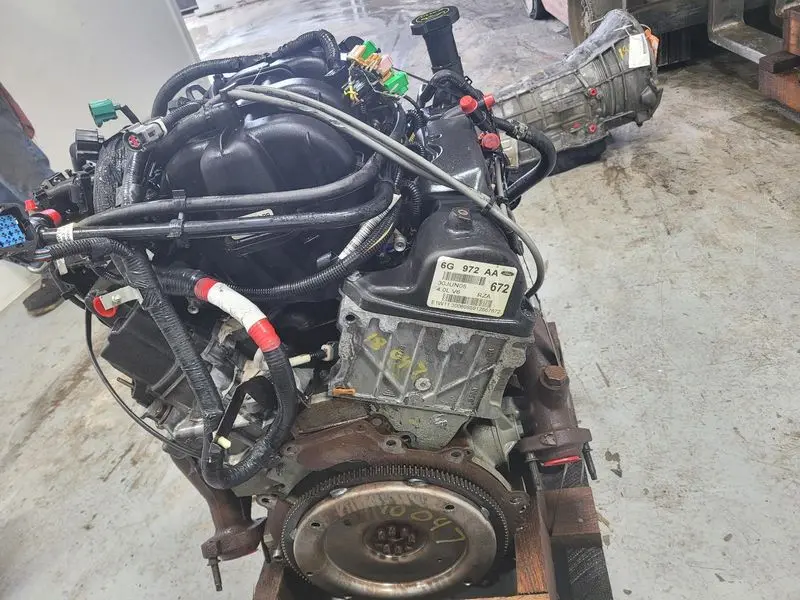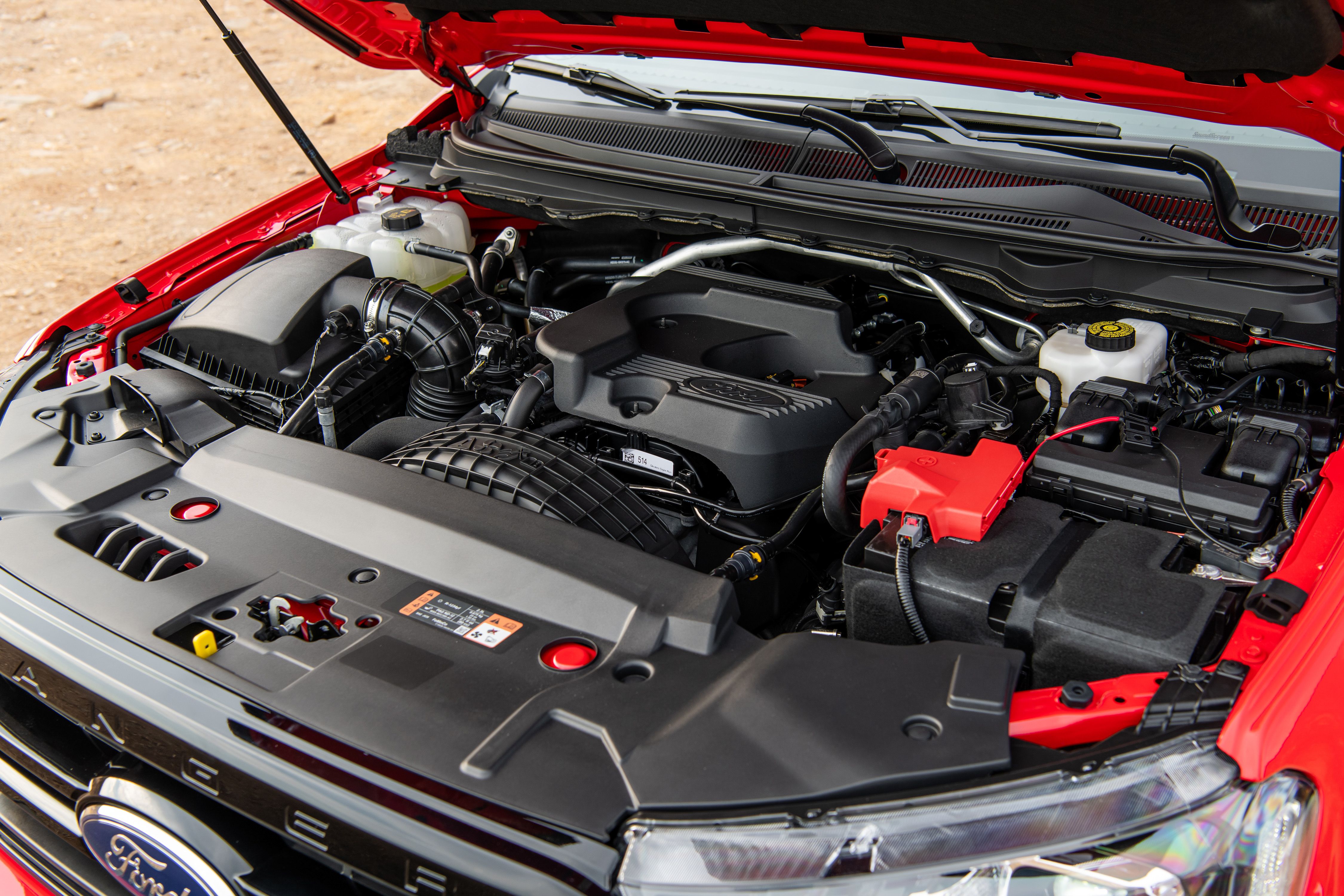Why the 2.2 Ford Ranger Engine Is a Popular Choice for Rugged and Reliable Performance
Why the 2.2 Ford Ranger Engine Is a Popular Choice for Rugged and Reliable Performance
Blog Article
Comprehending the Basics of Auto Engines: Features, functions, and types

Review of Cars And Truck Engines
An automobile engine acts as the heart of a vehicle, converting gas into mechanical energy to thrust it forward. This complex system consists of various parts that function in unison to ensure ideal efficiency and performance. The basic operation of a cars and truck engine entails the internal combustion process, where gas and air are combined, stired up, and expelled to create power.
The engine's style can dramatically impact its performance, fuel efficiency, and discharges. Secret elements include the cylinder block, pistons, crankshaft, and camshaft, each playing a vital function in the engine's general feature. The cyndrical tube block houses the cyndrical tubes where burning takes place, while the pistons transform the explosive energy from combustion into direct movement. This activity is after that transformed into rotational energy by the crankshaft, enabling the vehicle's wheels to turn.
In enhancement to these elements, engines typically utilize various systems such as gas injection, ignition, and cooling down systems to boost performance and longevity. Recognizing the standard auto mechanics of automobile engines is important for performing and detecting issues upkeep, eventually adding to the automobile's reliability and performance in time.

Kinds of Automobile Engines
Auto engines can be categorized into a number of kinds based upon their layout, gas kind, and operational principles. 2.2 ford ranger engine. One of the most common classifications consist of inner combustion engines (ICE), electric engines, and hybrid engines
Inner combustion engines, which can be additional separated into gas and diesel engines, operate by igniting a fuel-air mix to create power. Fuel engines are generally lighter and smoother, while diesel engines are a lot more fuel-efficient and deal higher torque.
Electric engines utilize electrical power stored in batteries to power an electrical motor, providing immediate torque and no exhausts throughout operation. As modern technology advances, electrical lorries (EVs) are progressively ending up being prominent for their ecological benefits and lower running costs.
Hybrid engines integrate elements of both inner burning and electrical engines, permitting adaptable power resources and improved fuel performance. They can run in various modes, utilizing either the fuel engine, the electrical motor, or both all at once.
Each sort of engine has unique benefits and negative aspects, influencing their application in various automobile types and market sectors, from small cars and trucks to durable vehicles. Comprehending these types is crucial for making notified decisions relating to car choice and efficiency expectations.
Engine Features Discussed
Comprehending engine functions is critical for understanding just how vehicles operate successfully. At the core of any internal burning engine exists the fundamental process of transforming gas into mechanical power.
The ignition takes place next, sparking the combination and creating a fast development of gases. This pressure drives the piston down during the power stroke, which eventually equates right into the rotational activity of the crankshaft. The exhaust stroke then removes the spent gases from the chamber, giving way for a new cycle to commence.
Along with these main features, engines i was reading this additionally incorporate systems that handle cooling and lubrication, making sure optimum functional temperature levels and reducing friction in between moving parts. This detailed interaction of features allows the engine to generate the power essential for vehicle propulsion while preserving efficiency and dependability. Recognizing these features provides beneficial insight right into the complexities of automotive engineering and improves the capacity to detect and attend to engine-related issues successfully.
Trick Engine Attributes
Engine design includes a number of essential functions that significantly affect efficiency, effectiveness, and durability. Among one of the most essential aspects is the engine configuration, which includes inline, V-type, and level designs. Each configuration affects the engine's dimension, equilibrium, and power output, thus influencing total automobile characteristics.
An additional crucial attribute is the engine displacement, referring to the complete go now volume of all cyndrical tubes. Larger displacements commonly produce more power however may jeopardize gas efficiency. Engine products also play a pivotal function; high-strength and lightweight products, such as light weight aluminum and magnesium alloys, improve efficiency without adding too much weight.
The sort of fuel injection system used-- such as straight or multi-port injection-- affects burning performance and emissions. Turbo charging and turbocharging are functions that enhance engine efficiency forcibly added air into the burning chamber, boosting power outcome without substantially increasing engine size.
Last but not least, the presence of innovative engine monitoring systems enhances fuel-air mixture and ignition timing, adding to smoother operation and better fuel economy. Collectively, these features specify an engine's capabilities, establishing the structure for its efficiency and longevity in an affordable vehicle landscape.
Maintenance Tips for Engines
Appropriate engine maintenance is important for making certain optimum performance and long life, as overlooking routine treatment can lead to considerable concerns down the line. To keep your why not try here engine successfully, start with normal oil changes, normally every 3,000 to 7,500 miles, relying on the type of oil used. Fresh oil lubes engine components, reducing friction and wear.
Additionally, checking coolant degrees is crucial to protect against overheating. Make sure that the coolant is topped up and is in excellent condition to maintain effective temperature policy. Consistently inspect and change air and fuel filters, as blocked filters can prevent airflow and fuel shipment, compromising engine performance.
In addition, pay interest to ignition system and ignition systems. Malfunctioning or used ignition system can bring about misfiring and reduced efficiency. Examining the battery terminals and connections for corrosion is also vital, as a weak battery can affect engine beginning.

Final Thought
In recap, a comprehensive understanding of vehicle engines encompasses numerous kinds, features, and essential features that considerably affect automobile performance. Inner combustion engines, together with hybrid and electric options, show varied devices for power conversion. 2.2 ford ranger engine. Identifying the essential functions, such as consumption and exhaust cycles, along with important engine functions like configuration and fuel shot systems, outfits vehicle proprietors with the expertise necessary for efficient maintenance and operation, eventually enhancing car durability and efficiency
A vehicle engine offers as the heart of a car, transforming gas right into mechanical energy to thrust it forward. The essential procedure of a vehicle engine includes the internal burning procedure, where gas and air are blended, ignited, and gotten rid of to create power.
Consistently change and check air and gas filters, as stopped up filters can prevent airflow and fuel delivery, compromising engine efficiency. - 2.2 ford ranger engine
In summary, a thorough understanding of automobile engines incorporates numerous types, functions, and crucial attributes that dramatically influence lorry performance. Identifying the vital functions, such as intake and exhaust cycles, alongside important engine attributes like configuration and fuel shot systems, equips automobile owners with the knowledge essential for effective maintenance and operation, ultimately improving lorry durability and effectiveness.
Report this page